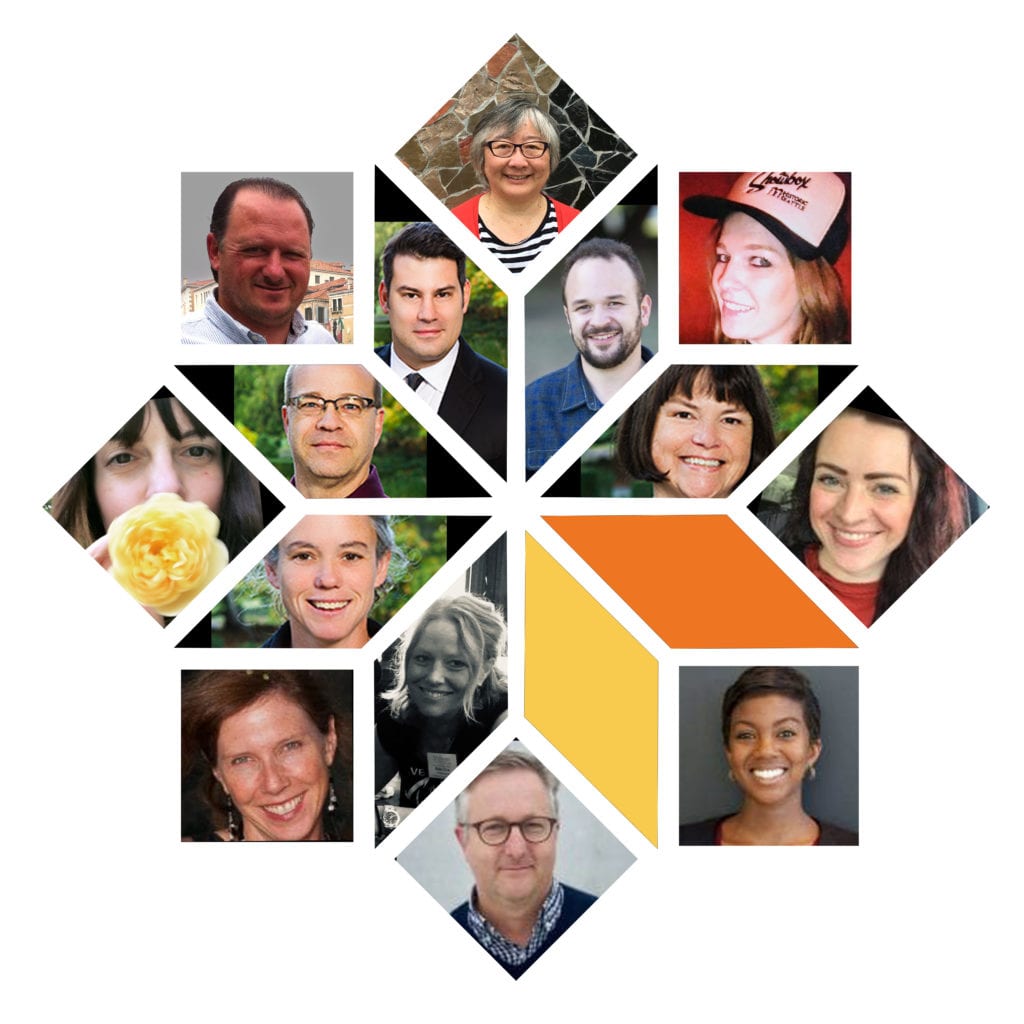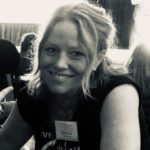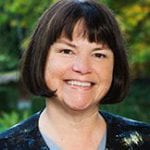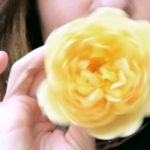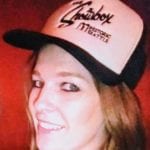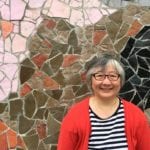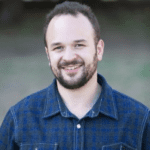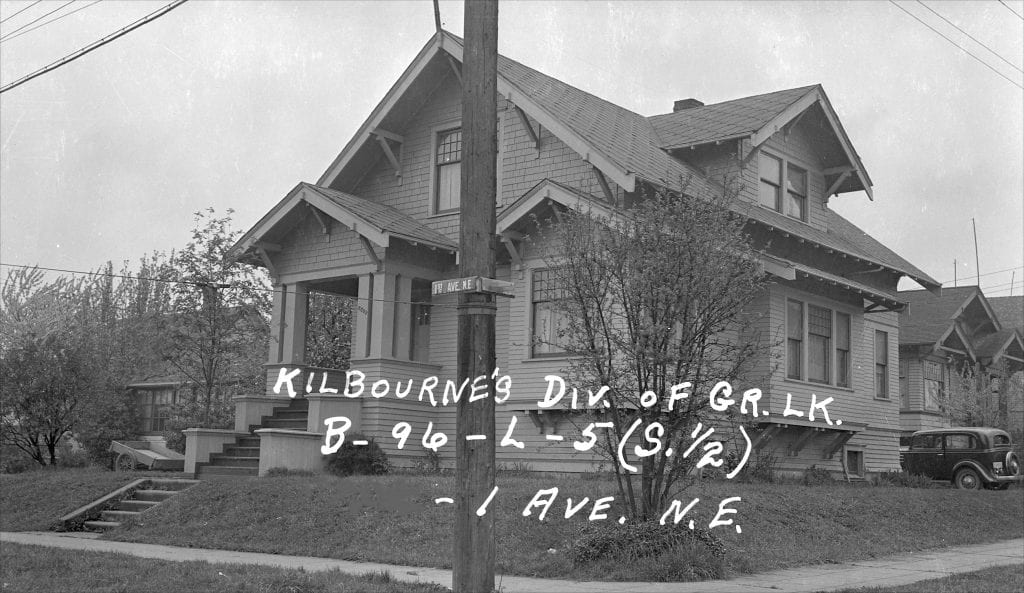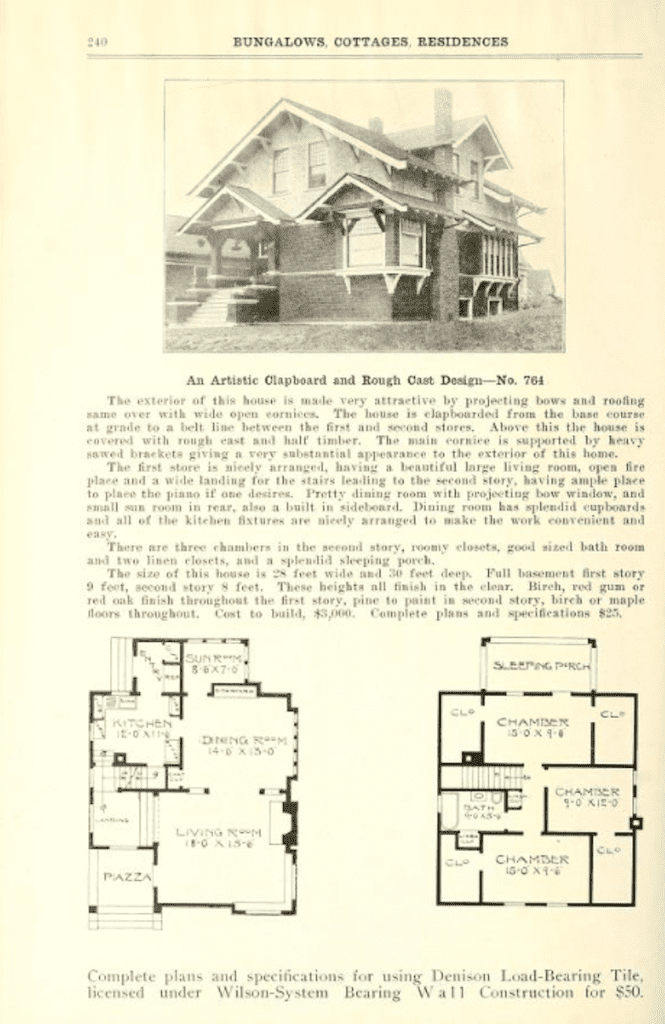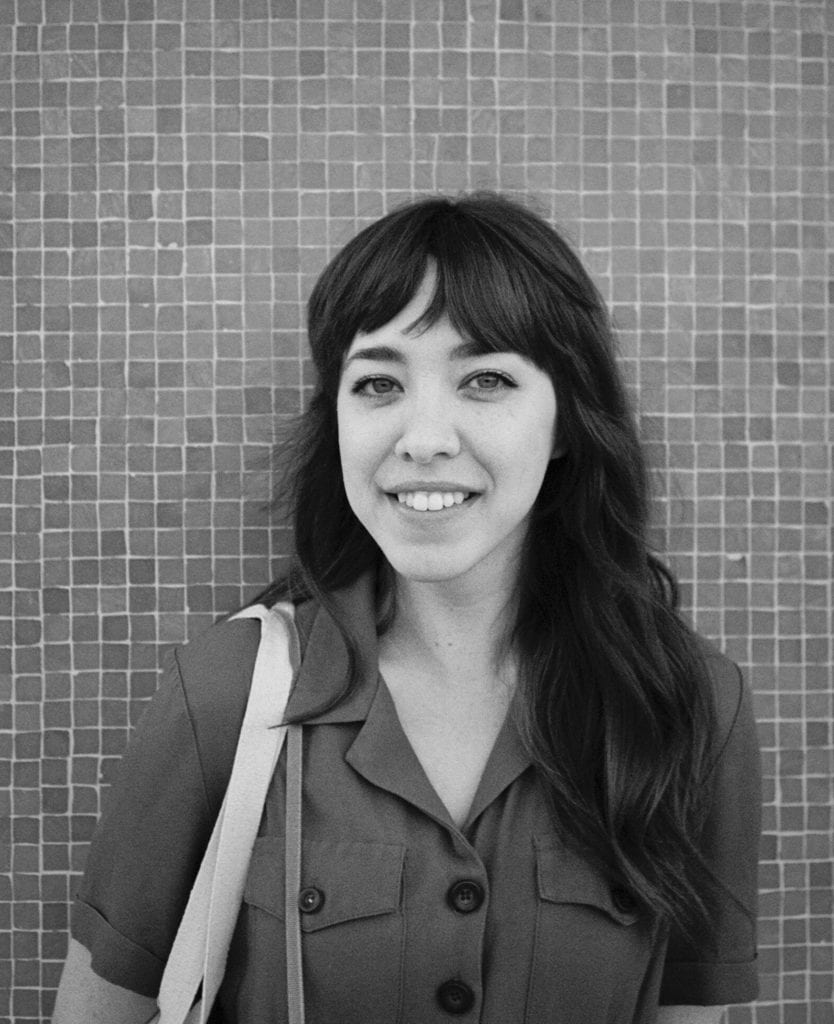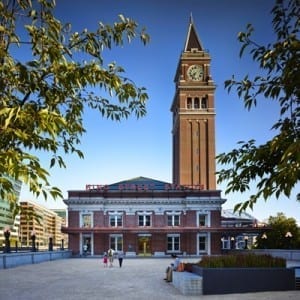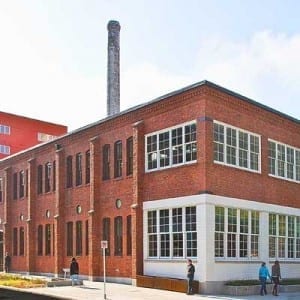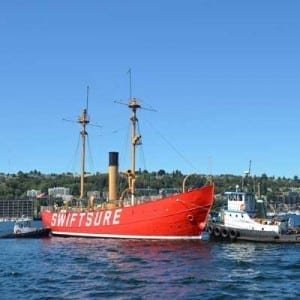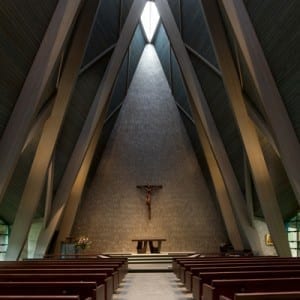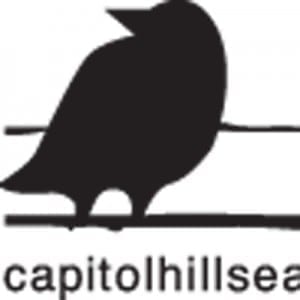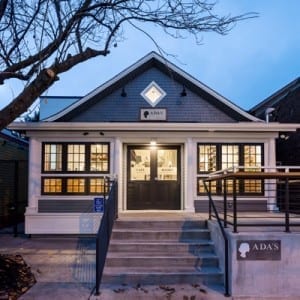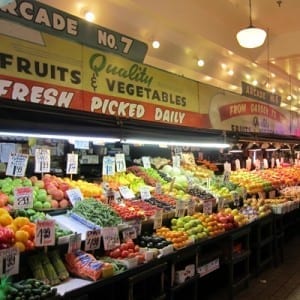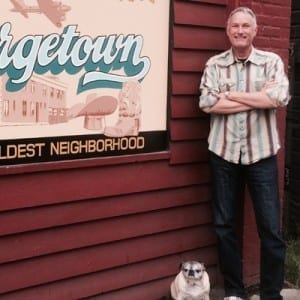About Historic Seattle
Research
Properties and Projects
Preservation Policy and Advocacy
Supporting Preservation and Historic Seattle
Education Programming
Q: Is Historic Seattle a historical society?
A: No, Historic Seattle is a government-chartered corporation (public development authority or PDA) and 501(c)(3) nonprofit dedicated to the preservation of Seattle’s historic built environment and the communities it sustains. Our mission is saving meaningful places to foster lively communities. Historic Seattle is not an archival organization.
Historical societies are heritage organizations with missions that vary widely. Many focus on a specific place or community, and work to ensure that future generations understand their history through archiving and education. They sometimes, but not always, work on preservation of the built environment.
For a sampling of local heritage organizations, please visit the Association of King County Historical Organizations and Washington State Historical Society.
Q: What is a public development authority (PDA)?
A public development authority, or PDA, is a government-chartered corporation which is legally separate from the government that established it. Other examples of PDAs include Pike Place Market and 4Culture. Learn more here.
Q: What is Historic Seattle’s governance structure?
Historic Seattle is governed by its Preservation and Development Authority Council and its Preservation Foundation Board.
Council members provide expertise in architecture, urban planning, real estate development, engineering, finance, non-profit management, and historic preservation. Foundation Board members are committed philanthropists who support Historic Seattle’s mission and introduce others to preservation.
Our Council and Board leadership are listed here.
Q: Do you have any job opportunities?
You can review available job opportunities here.
Q: Can I volunteer for Historic Seattle?
We do not currently offer recurring volunteer opportunities. If you have a professional skill set you would like to offer as a project volunteer, please contact us at info@historicseattle.org or (206) 622-6952.
Q: How do I get in contact with a member of the Historic Seattle staff?
Our staff are listed here. If you’re not sure who to contact, please email info@historicseattle.org or call us at (206) 622-6952.
Q: How can I stay up to date on Historic Seattle’s work?
Sign up for our monthly Historic Seattle eNews and follow us on Facebook, Instagram, and Twitter.
Q: I am a member of the media and would like to interview a member of the Historic Seattle staff. Who do I contact to arrange that?
Please contact Director of Philanthropy & Engagement Naomi West at naomiw@historicseattle.org or (206) 622-6952 x 222.
Q: Can you help me find old photographs of a building?
Historic Seattle does not maintain an archive of historic images. We suggest trying the following resources:
Q: I’m researching the history of a building – where do I start?
The best place to start is the Seattle Public Library and King County Archives’ building research guide.
Q: Do you accept donations of artifacts or other historical materials?
Historic Seattle is not an archival organization. Here are some other organizations that are better suited for collecting your materials:
Q: I heard you have neighborhood inventories; do you have an inventory of my neighborhood?
In 1976, Historic Seattle produced inventories of 16 neighborhoods/areas across Seattle. You can review them here.
Q: I’m the owner of, prospective owner of, or realtor for a building on which Historic Seattle maintains an easement. What does that mean for my property?
An easement is a binding legal document that protects specific building features. Learn more here.
Q: Do you give tours of the Dearborn House or other Historic Seattle properties?
We occasionally give tours of Historic Seattle properties, including the Dearborn House, as part of a program. For example, our First Hill Neighborhood Tour included a stop at the Dearborn House.
We do not, however, give standalone tours of our properties due to limited staff availability.
Q: What’s in your library? Can I check something out?
The Patricia Fleck MacKay Library at the Dearborn House consists of books and periodicals on architecture, design, preservation, and planning, as well as local and regional histories, environmental impact documents, and unpublished reports and studies.
Visits are by appointment only. To schedule an appointment, please contact us at info@historicseattle.org or (206) 622-6952.
Q: How many historic places has Historic Seattle saved?
Historic Seattle has been directly involved in preserving 26 buildings across Seattle. You can learn about each of these projects here.
Q: Does Historic Seattle work elsewhere in King County?
Historic Seattle assists in administering the Preservation Action Fund (PAF), a real estate program dedicated to purchasing, restoring, protecting, and re-activating historic properties throughout King County (but outside of Seattle). Our current project is the Ronnei-Raum House in Fall City.
If you want to learn more about historic preservation in your community, it’s best to check if your municipal government has a preservation program. At the county level, you can learn more from the King County Historic Preservation Program.
Q: I’m a realtor and I have a client who is interested in purchasing one of your properties. Can we discuss a sale?
Historic Seattle is proud to steward historic buildings. In rare circumstances, we may consider a sale of one of our properties to a like-minded party. None of our buildings are currently for sale.
Q: I’m working on a preservation project. Can you help me find vendors for professional services?
We maintain a directory of preservation professionals here. Please note, however, that this list is for informational purposes only and that a business’s inclusion does not imply a recommendation or endorsement by Historic Seattle.
Q: I’m a tenant at one of your properties and need to report a maintenance issue. Who do I contact?
Please contact Director of Real Estate David McClain at davidm@historicseattle.org or (206) 622-6952 x 228.
If you’re at the Good Shepherd Center, you can also contact Building Operations Manager Matt Murray at mattm@historicseattle.org or (206) 547-0204.
Q: I’m interested in renting one of your affordable housing units. How do I do that?
Our affordable housing properties (Bel/Boy, Phillips House, and Victorian Row) are managed by United Marketing, Inc. To inquire about availability, please contact Ailen Lucinario at alucinario@uminc.net or (425) 562-1200.
Q: I’m interested in becoming a tenant at the Good Shepherd Center. How do I do that?
Please review the leasing information for the Good Shepherd Center.
Q: I’m interested in renting one of your meeting rooms at the Good Shepherd Center. How do I do that?
Please review the rental information for GSC meeting rooms.
Q: I’m interested in renting the Chapel Space at the Good Shepherd Center. How do I do that?
All GSC Chapel Space bookings are managed by Steve Peters of Nonsequitur. Learn more about the space and how to book it here.
If you have a Chapel rental through Historic Seattle and have any questions or concerns about your rental, please contact GSC Building Operations Manager Matt Murray at mattm@historicseattle.org or (206) 547-0204.
Q: I’m interested in renting one of your event spaces at Washington Hall. How do I do that?
Washington Hall’s Lodge Room and Ballroom are managed by our on-site anchor partners. Learn more about the spaces and how to book them here.
Q: Are there any vacancies at the Cadillac Hotel?
The Cadillac Hotel is not a functioning hotel; rather, it is home to the Seattle unit of the Klondike Gold Rush National Historical Park.
Q: I have old building materials that I want to go to a good place. Where can I take them?
If you want the materials to be reused, your best bet is an architectural salvage organization. There are a few here in Seattle, such as:
Q: Who do I talk to about a threatened place?
If you have an advocacy question or concern, please email Director of Preservation Services Eugenia Woo (eugeniaw@historicseattle.org) and Advocacy & Education Manager Jeff Murdock (jeffm@historicseattle.org).
Q: How do I know if a building is a landmark?
City of Seattle landmarks are listed on the Department of Neighborhoods website.
Q: Why isn’t *insert building here* a landmark?
City of Seattle landmarks are designated by the Landmarks Preservation Board (LPB). If a building is not landmarked, it’s because a landmark nomination has not yet been submitted or because a nomination was submitted and ultimately voted down.
LPB meeting minutes are public records and available to you online. Failed nominations cannot be considered again for 5 years (10 years for schools) unless nominated sooner by the property owner. You can read more about the landmarking process here.
Q: What’s the difference between being designated as a City of Seattle landmark and being listed on the National Register of Historic Places?
City of Seattle landmarks are designated by the Landmarks Preservation Board and subject to controls placed by the Board, which are written into law by the Seattle City Council. Listing on the National Register of Historic Places is honorific and does not provide protections, although some federal incentives may be available to owners of properties listed on the National Register.
The difference between City of Seattle historic districts and National Register historic districts is similar, with City designation providing protections while listing on the National Register is honorific.
Q: I saw that a designated landmark was torn down. How is that possible?
Landmarking does not necessarily guarantee that a building is safe from the wrecking ball. After the Landmarks Preservation Board (LPB) designates a landmark, LPB staff enter “Controls and Incentives” negotiations with the property owner. Controls are what protect a landmark’s designated features. If no controls are agreed upon, then the building is essentially a landmark in name only – there are no protections against insensitive alterations or demolition.
Historic Seattle is deeply troubled by the recent trend of designating landmarks without controls. One such example is the Sullivan House on Capitol Hill, which was designated a landmark in 2018 and demolished in 2020. You can read our story about the Sullivan House on our blog, Preservation in Progress.
Q: Why are so many old churches across Seattle being torn down?
Churches and other properties owned by religious institutions are exempt from being landmarked without the owner’s consent. While most properties in Seattle do not require the owner’s consent to submit a landmark nomination, religious properties do. This stems from a precedent set by Washington State Supreme Court caselaw.
This does not, however, mean that churches cannot be landmarked. If a church submits a nomination voluntarily, it may be considered by the Landmarks Preservation Board. For example: Mount Zion Baptist Church.
Q: What is facadism?
Facadism is the retention of an old building’s facade while the rest of the site is demolished and redeveloped. In Seattle, facadism is especially prominent on Capitol Hill and in South Lake Union. Preservationists generally agree that facadism is not historic preservation.
Facadism differs from adaptive reuse, which involves preserving an existing building and adapting it for new uses.
Q: What is adaptive reuse?
Adaptive reuse, as the name suggests, is the repurposing of an old building for new uses. Adaptive reuse is a promising model for historic preservation because it allows historically significant architecture to be preserved while breathing new life into old buildings. In fact, almost all of Historic Seattle’s properties are examples of adaptive reuse.
Q: What’s happening with The Showbox?
Long story short: in July 2018, the Daily Journal of Commerce reported that the owner of the Showbox building was entering into a purchase and sale agreement with the Onni Group, a real estate developer based in Vancouver, BC. Historic Seattle immediately sprang into action and submitted a landmark nomination for the building. Meanwhile, the Seattle City Council voted to temporarily include the property in the Pike Place Market Historic District.
These were separate actions. In June 2019, the building’s inclusion in the Pike Place Market Historic District was struck down in King County Superior Court. In July 2019, the Landmarks Preservation Board voted to designate the building as a landmark.
The landmarking of The Showbox is now in “controls and incentives” negotiations between the property owner and the Landmarks Preservation Board. The owner has requested several extensions of this process, and the Board has granted them.
In November 2019, Historic Seattle announced a new partnership with Seattle Theatre Group to save The Showbox. We submitted an offer to purchase the property in October 2019 which has been neither accepted nor denied.
You can read the full accounting of our advocacy efforts here.
Q: Does Historic Seattle endorse candidates for public office?
We do not. However, we do survey candidates running in local elections and post their responses to our questions here.
Q: I want to help support Historic Seattle’s mission. How do I do that?
Our donors and corporate sponsors bring our mission to life. We wouldn’t be where we are today without this generous support. There are a number of ways to give, which you can learn about here.
Q: What are the benefits of supporting Historic Seattle?
Supportors help save meaningful places that foster lively communities. They empower action and advocacy in the preservation community, educational events, and the maintenance and stewardship of our owned properties. Donors also receive tangible benefits, which you can learn more about here.
Q: When will I receive an acknowledgment of my donation?
If you donate online, you’ll be emailed a receipt immediately.
If you mail us your donation, your acknowledgment will be mailed to you within a week of when it has been received and processed.
Q: I’m a Sustaining Supporter and I want to change the details (frequency/amount/credit card) of my donation. How do I do that?
Please contact us at info@historicseattle.org or (206) 622-6952.
Q: Where can I access your annual reports?
You can review our annual reports here.
Q: I’m interested in attending one of your education programs but it’s sold-out. Is there a waitlist?
If you’d like to be added to the waitlist for a program, please email info@historicseattle.org with your phone number and requested number of tickets. Admission is not guaranteed.
Q: I can no longer attend a program I registered for. Can I get a refund?
Registration fees are non-refundable unless the program is canceled. If you’d like to transfer your registration to someone else, please email info@historicseattle.org and CC the person you’d like to take your place so we can register them. If you don’t have anyone to transfer your registration to, we will release your ticket(s) to the waitlist.
Q: Are your programs accessible for people with mobility issues?
The locations of Historic Seattle’s education programs vary widely. We recognize that some program locations are more accessible than others – and that tours may be challenging to those with mobility issues.
We do our best to disclose potential barriers to accessibility on our program pages and in our emails. If you are concerned about the accessibility of a program, please contact us at info@historicseattle.org or (206) 622-6952 before registering.
Q: Do I have to be a member of Historic Seattle’s Supporters’ Circle to attend a Spring or Winter Meeting?
No! Our Spring and Winter Meetings are Historic Seattle’s business meetings and are open to the public.
Q: Do you repeat education programs?
Historic Seattle repeats a select few of our education programs each year. These are Behind the Garden Wall (a garden tour at the Good Shepherd Center) and our Annual Heirloom Apple Tasting (also at the GSC). We also repeat our First Hill Neighborhood Tour and Capitol Hill Apartments Tour most years.
Other than that, it is rare for us to repeat programs. Our goal is to keep our programming fresh and diverse, so if you see a program you’re interested in attending we encourage you to take advantage of the opportunity and register today.
Q: What happened to your program registration forms?
Historic Seattle used to include a mail-in registration form with our program guides. We no longer do so in order to reduce the costs of these mailings, streamline the process for everyone involved, and ensure that you don’t pay for a program that sells out before your check arrives.
If you would like to register for a program but don’t want to do so online, please call us at (206) 622-6952.
Q: When do you announce your education programming?
Generally, Historic Seattle’s Winter / Spring program guide is released in January, and our Summer / Fall program guide is released in July.
Q: Would it be possible for me or my organization to partner with Historic Seattle on an education program?
Maybe! If you have a program idea you’re interested in collaborating on, please contact Advocacy & Education Manager Jeff Murdock at jeffm@historicseattle.org or (206) 622-6952 x 226.
